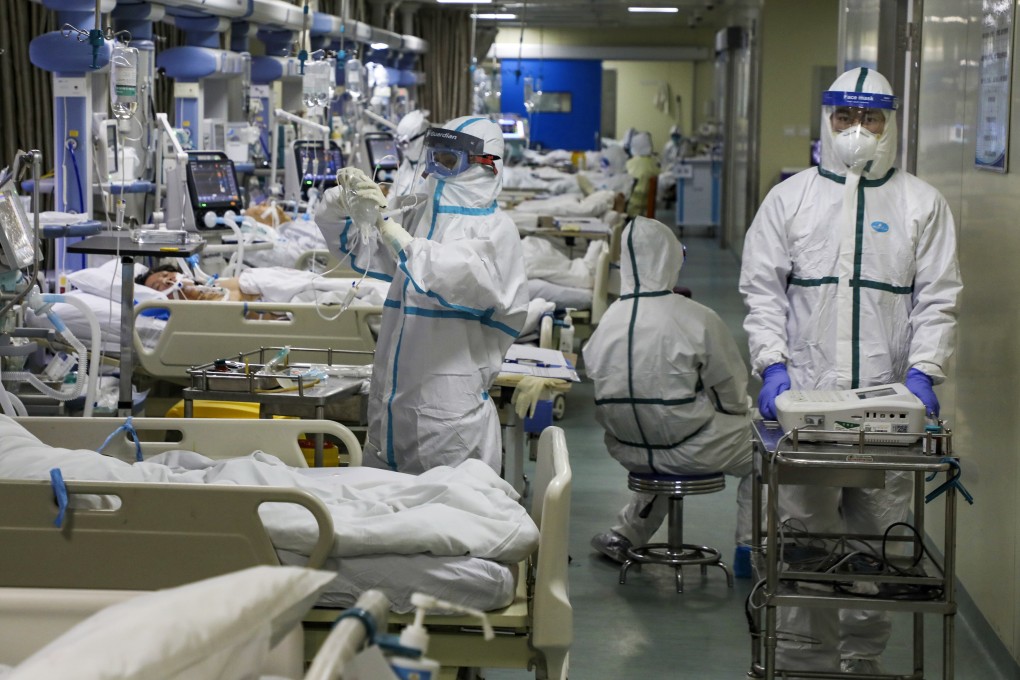Hopes of coronavirus peak ahead as outbreak on brink of surpassing Sars’ grim death toll
- The number of fatalities continues to rise but signs of stabilisation in new cases at the epicentre
- Dramatic reduction in rate of infection could come later this month, epidemiologist says

The hopeful assessment came as China reported a record 89 deaths on Saturday – up from 86 on Friday – taking the country’s total fatalities to 811. With two deaths already outside China, the global death toll was 813, matching the number attributed by the World Health Organisation to the deadly severe acute respiratory syndrome (Sars) epidemic of 2002-03.
At the same time, the number of newly confirmed coronavirus cases in mainland China rose by 2,656 on Saturday, down from 3,385 new cases on Friday, according to China’s National Health Commission. So far, the mainland has confirmed 37,198 cases of the new coronavirus, well above the 8,437 worldwide infections attributed to Sars.
Beyond the epicentre of Hubei province, there were signs of a slowdown in the illness’s spread on the mainland, with new infections dropping from 890 on Monday to 509 on Saturday, according to the commission.
Most of the deaths and newly confirmed cases remained in Hubei province, where 81 fatalities and 2,147 newly confirmed cases were reported on Saturday – down from 3,399 cases reported on Friday – according to the provincial health authority. That took the province’s total fatalities from the outbreak to 780 and total cases to 27,100 as of Saturday.
Mike Ryan, the WHO’s emergency chief, said the number of new cases reported from Hubei province had stabilised over the past four days.